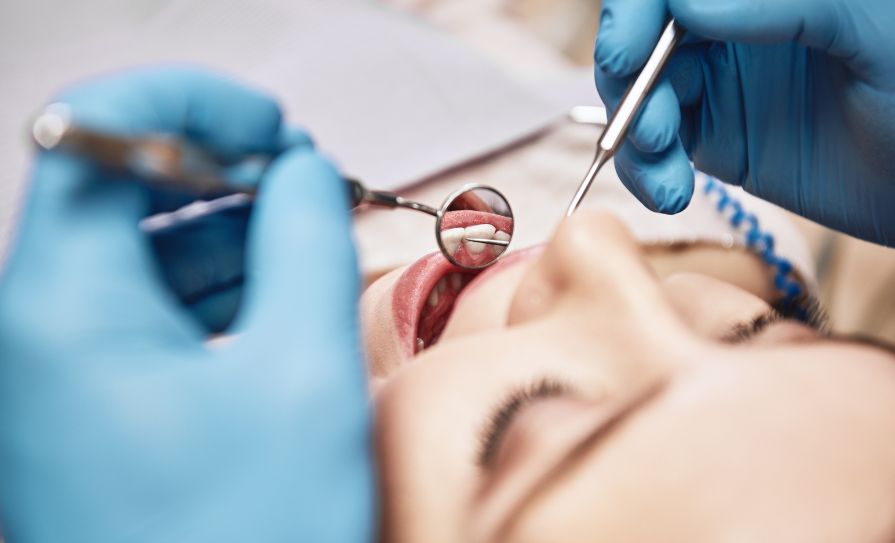The group has met six times since last November, a Department of Health spokesperson told the Medical Independent (MI).
It has agreed that a new scheme will use Diagnosis Related Groups (DRGs) data from hospital discharges. DRGs are detailed classifications used by hospitals, insurers and others to group episodes of healthcare based on primary diagnosis. The Department said that this data “is currently used in the public setting but is not used in private hospitals” in Ireland.
The working group consists of officials from the Department of Health, as well as representatives from the Health Insurance Authority (HIA), the Economics and Social Research Institute, the Society of Actuaries, the Healthcare Pricing Office (which is a business unit of the HSE), Vhi, Laya Healthcare, Irish Life Health, and the Private Hospitals Association, “together with input from international experts from abroad”.
“The three health insurers are represented by senior managers from each company,” said the spokesperson.
Risk equalisation is part of the system of community rating, which is a requirement in the Irish health insurance market that people should be charged the same premium, regardless of their risk profile.
The current scheme expires on 31 December 2020. Department of Health officials will meet with the European Commission from 2019 to negotiate for the approval of a new scheme under State aid regulations, which they hope will be activated from 2021 onwards.
“Discussions have centred around the development of a health status measure and associated credits in the risk equalisation scheme, which it is hoped will help to subsidise health insurance premiums for those who require a higher level of health insurance coverage,” the Department spokesperson stated to MI.
“Currently, the risk equalisation scheme pays credits to insurers based on age and gender, along with level of coverage and hospital utilisation. It is envisaged that the new scheme would pay credits based on health status, therefore an insurer with a customer with a particular diagnosis and expected claims costs arising from that diagnosis would receive a credit from the scheme. Under a community-rated system, this should mean that insurers can set lower premiums to meet costs, due to the credits they are receiving from the scheme.
“The working group has reached broad consensus that the best method for developing a health status measure in the risk equalisation scheme is to use Diagnosis Related Groups data from hospital discharges.”
Separately, a spokesperson for the HIA told MI that “the Department of Health is responsible for developing and gaining approval for the risk equalisation schemes. The HIA will continue to support the Department when and if requested.”












Leave a Reply
You must be logged in to post a comment.